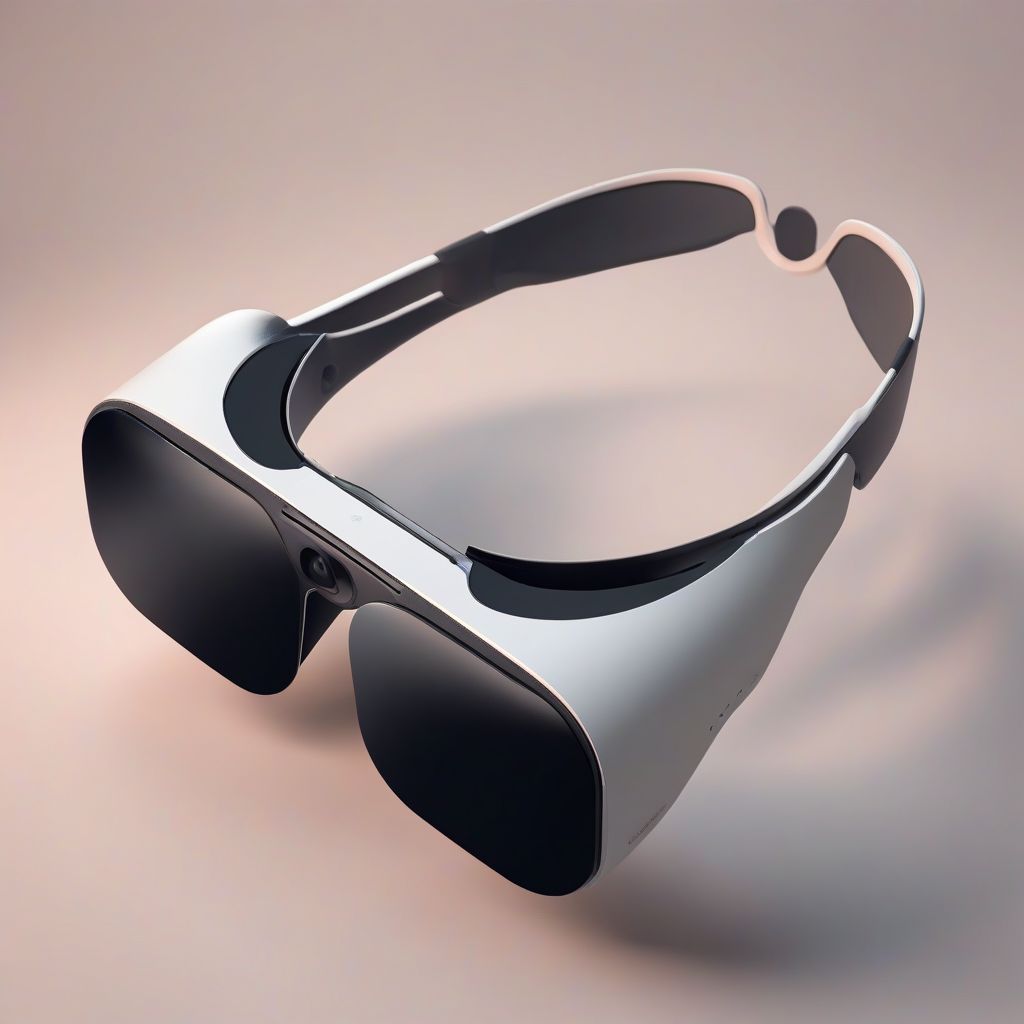Imagine slipping on a sleek, lightweight headset, no larger than a pair of sunglasses, and being instantly transported to a breathtaking virtual world. No more bulky equipment, no tethered wires, just pure, immersive freedom. This isn’t a scene from a sci-fi movie; it’s the future of virtual reality (VR), rapidly approaching reality.
The Quest for Comfort and Portability
For years, the promise of VR has been tempered by the limitations of the technology. Bulky headsets, limited field of view, and the need for powerful (and expensive) computers have kept VR out of reach for many. However, the industry is on the cusp of a revolution, driven by the pursuit of lightweight, portable, and accessible VR solutions.
Advancements in Display Technology: A Lighter Load on Our Senses
One of the key factors driving this evolution is the advancement in display technology. Traditional LCD screens, notorious for their weight and bulk, are giving way to lighter, more compact OLED and MicroLED displays. These advancements not only reduce the overall weight of the headset but also deliver crisper images, brighter colors, and faster refresh rates, enhancing immersion and reducing motion sickness.
Fresnel Lenses: Expanding Horizons, Shrinking Profiles
Alongside display technology, advancements in lens design are playing a pivotal role in shrinking VR headsets. Fresnel lenses, known for their lightweight and thin profile, are increasingly being adopted in VR hardware. These lenses offer a wider field of view than traditional lenses, further adding to the sense of immersion.
 Futuristic VR Headset
Futuristic VR Headset
The Rise of Standalone VR: Cutting the Cord, Untethering the Experience
Perhaps the most significant development in portable VR is the emergence of standalone headsets. Unlike their tethered predecessors, standalone VR headsets pack all the necessary processing power and sensors onboard, eliminating the need for external computers or wires. This freedom of movement opens up a world of possibilities for VR experiences, from immersive gaming and interactive training simulations to collaborative work environments and virtual tourism.
5G and Cloud Computing: Streaming the Future of VR
While standalone VR offers unparalleled portability, the future of lightweight VR may lie in the cloud. 5G and high-speed internet connectivity pave the way for cloud-based VR experiences, where the heavy processing is done remotely and streamed to the headset. This eliminates the need for powerful onboard processors, allowing for even lighter and more energy-efficient headsets.
The Power of Partnerships: Collaborating to Drive Innovation
The rapid evolution of VR hardware is a testament to the collaborative spirit of the tech industry. Chip manufacturers like Qualcomm are developing specialized processors optimized for VR applications, while software giants like Google and Facebook are investing heavily in VR platforms and content creation tools. These partnerships are crucial in pushing the boundaries of what’s possible in lightweight and portable VR.
Ethical Considerations: Navigating the Virtual Frontier Responsibly
As VR technology becomes increasingly immersive and integrated into our lives, it’s crucial to address the ethical implications. Issues like privacy, data security, and responsible content moderation need careful consideration to ensure that the future of VR is inclusive, equitable, and beneficial for all.
User-Generated Content: Shaping the Future of VR Experiences
One of the most exciting aspects of the future of VR is the potential for user-generated content. As VR hardware becomes more accessible and intuitive, we can expect an explosion of creativity from individuals and communities around the world, shaping the future of VR experiences in ways we can only imagine.
Conclusion: A World of Possibilities Awaits
The future of lightweight and portable VR hardware solutions is brimming with potential. As technology continues to advance, we can expect even more immersive, accessible, and transformative VR experiences that blur the lines between the virtual and real worlds. From gaming and entertainment to education and healthcare, the possibilities are limitless.
[amazon bestseller=”VR Headsets”]
Are you excited about the future of VR? Share your thoughts and predictions in the comments below!
